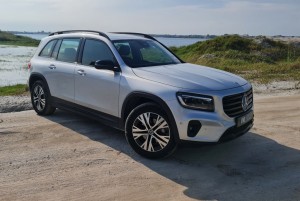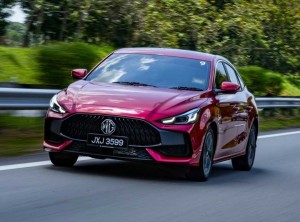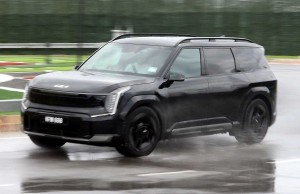How Google is helping regulate traffic and reduce CO2 emissions at intersections
By ETX DAILY UP | 25 September 2024
SAN FRANCISCO: Google's Green Light project is based on the idea that the longer vehicles of any kind spend waiting at traffic lights, the more they pollute.
The program uses artificial intelligence to optimise the functioning of traffic lights at selected intersections in major cities around the world.
Since 2021, a team from Google Research has been working on the Green Light project, a program designed to make recommendations to cities to optimize the operation of their traffic lights and reduce the significant CO2 emissions caused by repeated stopping and starting.
Statistics from driving trends on Google Maps around the world are now being fed into an artificial intelligence model specifically dedicated to intersection management.
A multitude of data is taken into account, from the number of vehicles at a standstill to the average time spent at a given set of traffic lights.
The model identifies possible improvements, such as cutting a few seconds off a red light during off-peak hours, or the possibility of coordinating intersections that are not yet synchronized.
Using dedicated software, those in charge of managing the traffic lights study these recommendations before deciding whether or not to implement them.
The aim of this research is to have a positive impact on the climate.
Green Light is now operational at over 70 intersections in 13 major cities, from Seattle (USA) to Bangalore (India), Rio de Janeiro (Brazil), Hamburg (Germany) and Haifa (Israel), helping to save fuel and lower emissions for up to 30 million car rides monthly.
Initial statistics reveal that stops can be reduced by up to 30%, reducing CO2 emissions at these intersections by up to 10%.
In theory, Green Light is also capable of analyzing thousands of intersections simultaneously, in order to smooth traffic flow over larger areas than is currently the case.
The team now plans to work to extend Green Light to hundreds of cities and tens of thousands of intersections over the next few years to help make traffic flows smoother and cleaner.
Tags
Autos News
Reviews

Nissan Kicks e-Power: Kicking off a new efficiency

6.8
Mercedes-Benz GLB 200: Measured versatility

MG5: Slick and comfortable cruiser

8.2
Kia EV9: Prime cut

8.0
Triumph Tiger 1200 GT Pro: High adventure on two wheels

8.0
Honda Civic Type R (FL5): Ride on the wild side

Mitsubishi Xpander facelift: Expanding the reach

First drive of Geely Galaxy E5
Videos

Aveta VTM 250; Affordable & Road Legal Adventure Bike

Nissan to launch affordable Vehicle to Grid technology from ...

Aveta VTM 250 hits Malaysian roads
